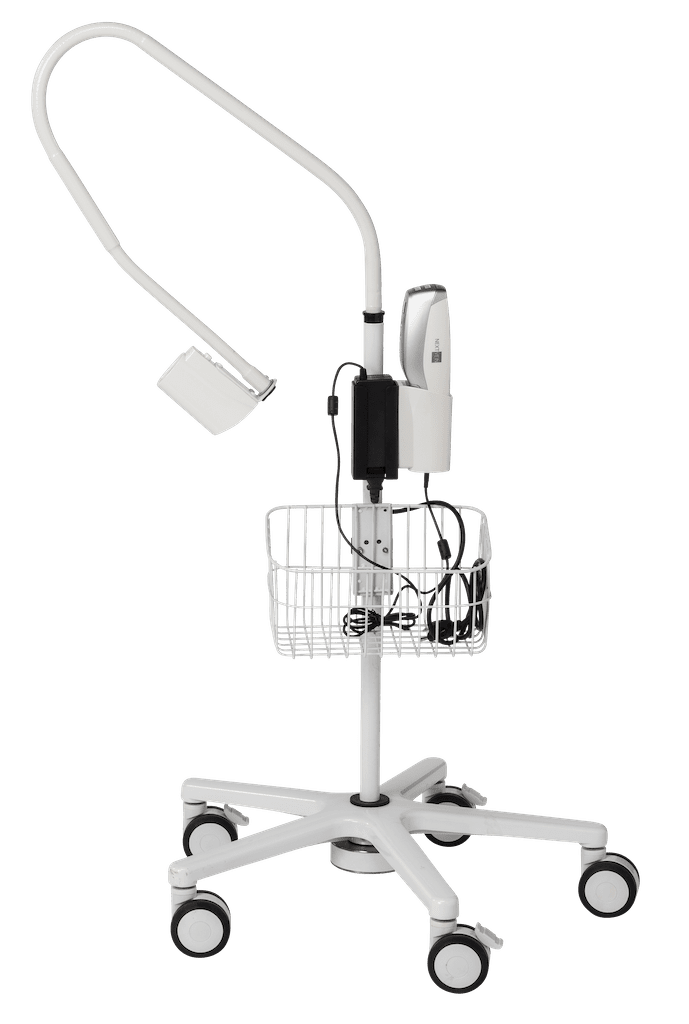Vein Finders In The Hospital
IV’s and blood draw are the most common invasive procedures in the hospital. Virtually every department either starts IVs or relies on the results of blood labs.
IV Starts in the ED
With over one billion1 peripheral intravenous catheters (PIVC) are inserted annually, worldwide. As the point of first contact for many patients, the ED has a time and acuity challenge in getting IVs started quickly on some of the most critical patients. Over 20% of the patients seen in the ED are difficult venous access (DVA) patients2.
IV Starts across the Hospital
IVs are started and replaced throughout the hospital, 24 hours a day. Experience and skill at starting IVs varies significantly and the escalation team in most hospitals is not available 24/7. Implementing vein visualization into your standard of care may help overcome the challenges of multiple sticks and unhappy patients.
Blood Draw & The Lab
Important treatment decisions are based on blood test results. Obtaining a sample, quickly, with minimal patient pain is important in every setting. Vein visualization devices like the NextVein can be an aid to the phlebotomist to find a vein for cannulation.
More Departments
Perioperative IV
Imaging Contrast IV
Surgical Vein Avoidance
References
- Alexandrou, E., Ray-Barruel, G., Carr, P. J., Frost, S., Inwood, S., Higgins, N., Lin, F., Alberto, L., Mermel, L., & Rickard, C. M. (2015). International prevalence of the use of peripheral intravenous catheters. Journal of hospital medicine, 10(8), 530–533. https://doi.org/10.1002/jhm.2389 | Accessed 26 Dec 2020
- Whalen, Madeleine MSN/MPH, RN, CEN; Maliszewski, Barbara MS, RN; Baptiste, Diana-Lyn DNP, RN Establishing a Dedicated Difficult Vascular Access Team in the Emergency Department, Journal of Infusion Nursing: May/June 2017 – Volume 40 – Issue 3 – p 149-154 | Accessed 26 Dec 2020
